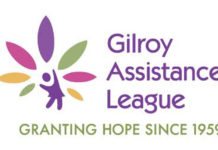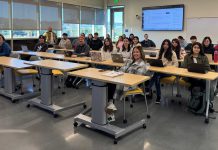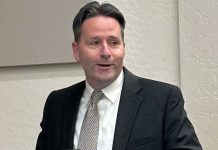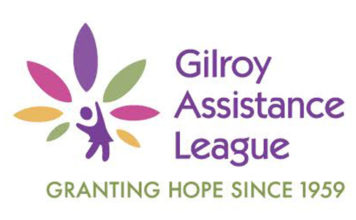GILROY
– Gilroy Unified School District is on course to increase high
school students’ lagging math scores.
The district is also on track to challenge its high achievers, a
shortcoming that has long concerned parents.
GILROY – Gilroy Unified School District is on course to increase high school students’ lagging math scores.
The district is also on track to challenge its high achievers, a shortcoming that has long concerned parents.
Two other major goals the district identified at the start of its Strategic Planning process are improving writing districtwide and targeting instruction for students at all levels.
Exactly how the district will achieve its new targets will come later. This weekend, a team of district and school staff, board trustees, parents and students will combine those four concerns – along with hundreds of other suggestions – into a few all-encompassing goals that will guide GUSD until 2007.
The group also will draft a mission statement to recommend to the school board.
Superintendent Edwin Diaz said trustees will have no shortage of input to consider when they finalize the district’s new three-year plan next month.
“We have an enormous amount of information that we have gathered,” he said. “I’ve also spent some time and have researched some districts that are getting some very good results, and so I’m seeing some common things and some logical next steps for the district.”
Improving math scores of students in ninth through 11th grades is certainly one of those.
Since 2002, math scores for native English speakers steadily have declined. Based on standardized tests, 41 percent of English speakers were proficient in math in 2002, compared to 39 percent this year. The math scores of English learners improved from 19 percent proficient in 2002 but remains low at 21 percent. All told, GHS students declined from 35 percent to 34 percent proficient.
“This concerns me. As a math major, having math skills is critical,” Trustee David McRae said at a recent school board meeting. “Math is money.”
This year’s graduating class is the first required by the state to pass algebra, but GUSD is one of numerous districts requesting a waiver from the requirement. McRae challenged the district to step up its math program so that in two years, it does not need to apply for a waiver.
The need for better math skills resonated with parents and others during the Strategic Planning process and was offered more than once as a recommendation for the future.
GUSD will spend the next few days narrowing the scope of the recommendations.
The focus is on seven areas: accountability, teaching and learning, student achievement, technology, community/parent engagement, retention and hiring and quality learning environments.
Besides input from parents, the district will factor in staff suggestions.
“Every school staff went through the process, so every school, plus school services and operations went through it, so we have a tremendous amount of input,” Diaz said. “We’re sorting it by the number of comments that were mentioned the most times.”
That will make it easy for the core team to see which comments were repeated, say, 20 times instead of once or twice.
For example, during the core team’s first retreat, the complaint that “dual English/Spanish immersion is not in all schools” came up three times. A popular “strength” of GUSD’s technology was having computer labs at each school site.
“The core planning team is now going to take all of the input that has been generated from the different forums, and based on that input, they’re going to come up with about three recommendations in each of the (seven) priority areas that they will submit to the board,” Diaz said.
The value in this process, he said, is that there’s so much information, it will help not only with the Strategic Plan, but with operations over the next few years.
Most of the issues that emerged through the planning process were no surprise, Diaz said, although some of the suggestions were surprising. For example, the diversity in opinion among all the groups involved became clear when one person listed one of GUSD’s strengths on an issue, while someone else listed the same thing as a weakness.
The planning process has also made Diaz realize that the district may have to re-focus its assessment practices.
“I think the issue of accountability came up, and the type of assessments and … the amount of time we’re dedicating to testing: Is it too much?” Diaz said. “And how we use the results. Not only monitoring student performance, but also monitoring softer measures, like how parents, teachers and others feel about the direction of the district and if they’re satisfied with their child’s education.”













